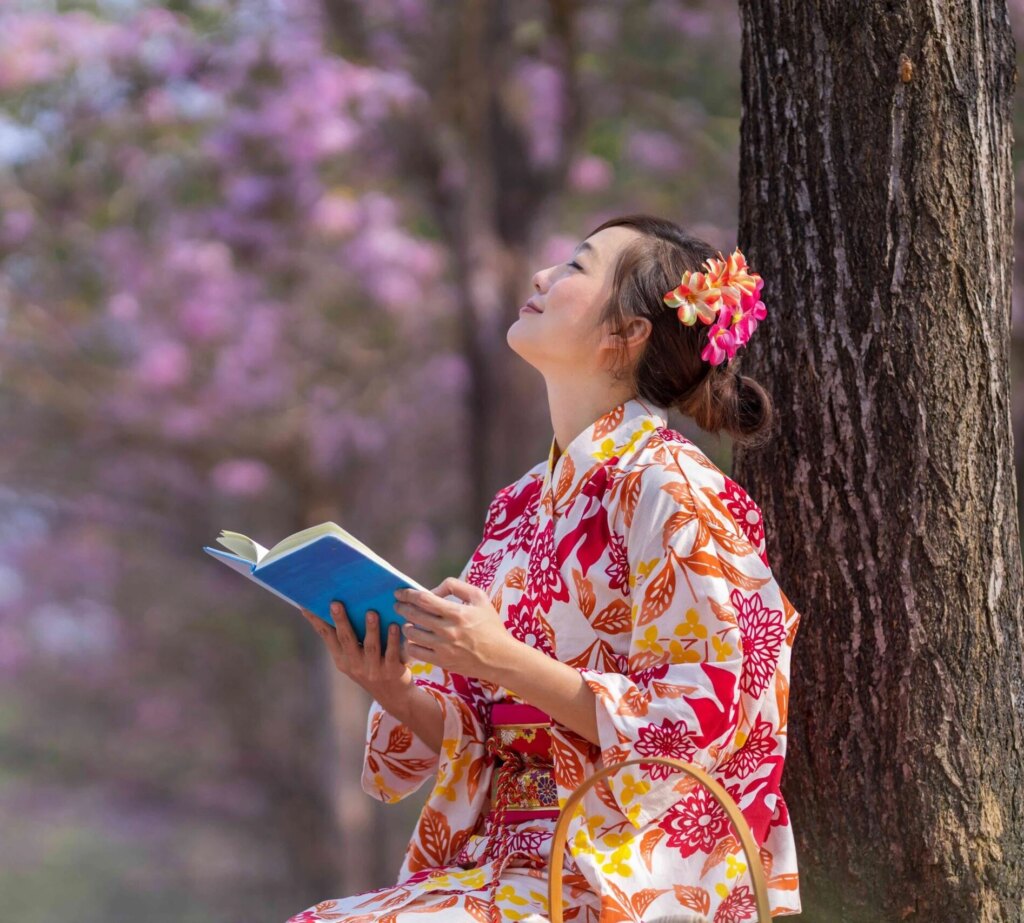Escape to Japan through stories of love, loss, tea, and neon-lit streets. These 9 books will transport you without ever booking a flight.
There’s something magnetic about Japan. It’s lush, mountainous, ringed by seas that feel at once serene and never-ending. The whole country seems to hum with a kind of quiet poetry. Whether it’s the neon dazzle of Tokyo’s labyrinth of streets or the misty forests of Kyushu, Japan has long captivated travelers, dreamers, and, of course, readers.
But not everyone can hop on a plane to Narita tomorrow (wouldn’t that be nice?). For the rest of us, there are books. Books are glorious portals that let us wander, listen, taste, and feel our way through distant places without ever even leaving our sofa.
So if you find yourself dreaming of Japan, here are nine books that don’t just take you there, they immerse you so fully you’ll swear you hear the cicadas and smell the tatami mats.
Norwegian Wood by Haruki Murakami
We’ll get this one out of the way first because, frankly, no list about Japanese literature feels complete without a little Murakami (even if he is a little controversial). While his other works veer into surrealism, Norwegian Wood is much more grounded, more melancholic, and deeply atmospheric. It’s set in 1960s Tokyo, following the introspective Toru Watanabe as he navigates love, loss, and the aching loneliness of youth.
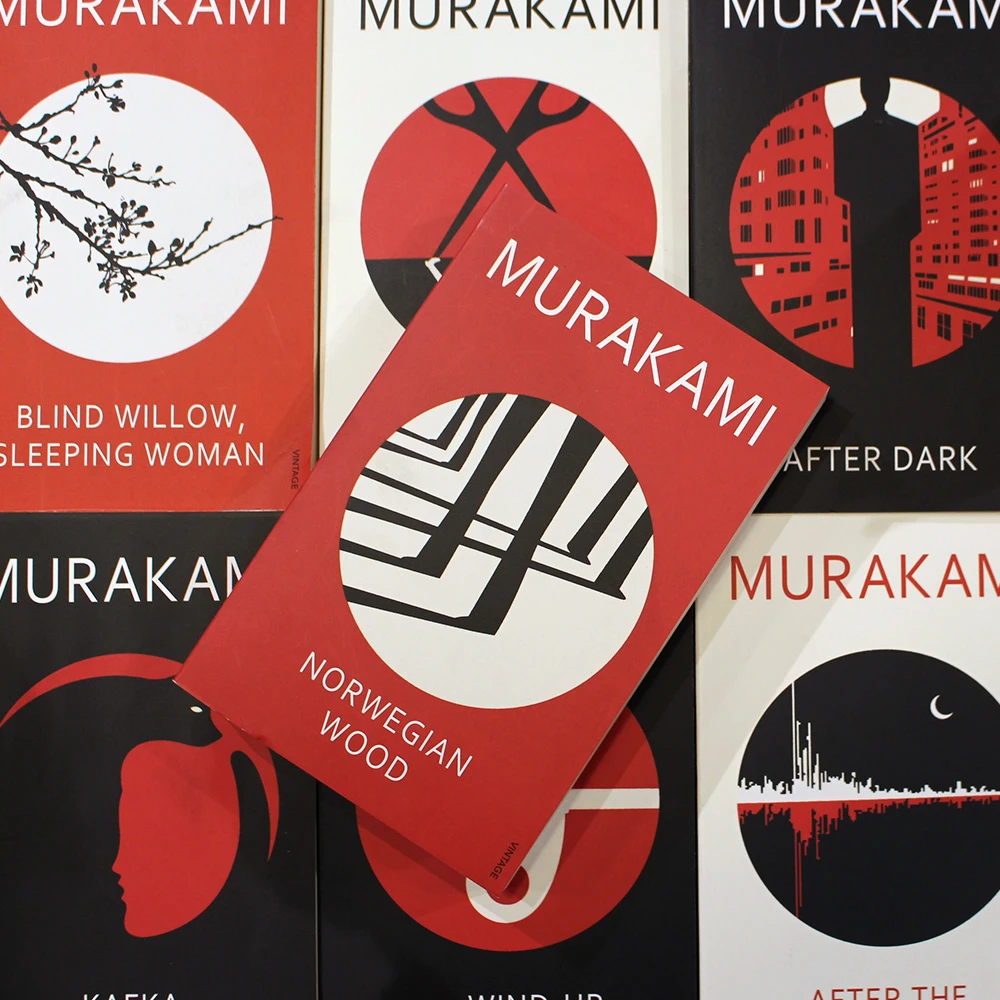
The beauty here isn’t in a grand plot but in the details. There is true artistry in how Murakami paints Tokyo’s parks, dorm rooms, rainy streets, and distant hills with a subtle, almost tactile precision. Read this and suddenly the Tokyo of decades past will feel like somewhere you’ve wandered before, even if you haven’t.
The Book of Tea by Kakuzō Okakura
If you want to understand Japan beyond the postcards and Instagram reels, this slim volume is essential. Written in English in 1906 by a Japanese scholar, The Book of Tea is about, yes, tea, but it’s about aesthetics, simplicity, and the interesting philosophies that underpin Japanese art and life.
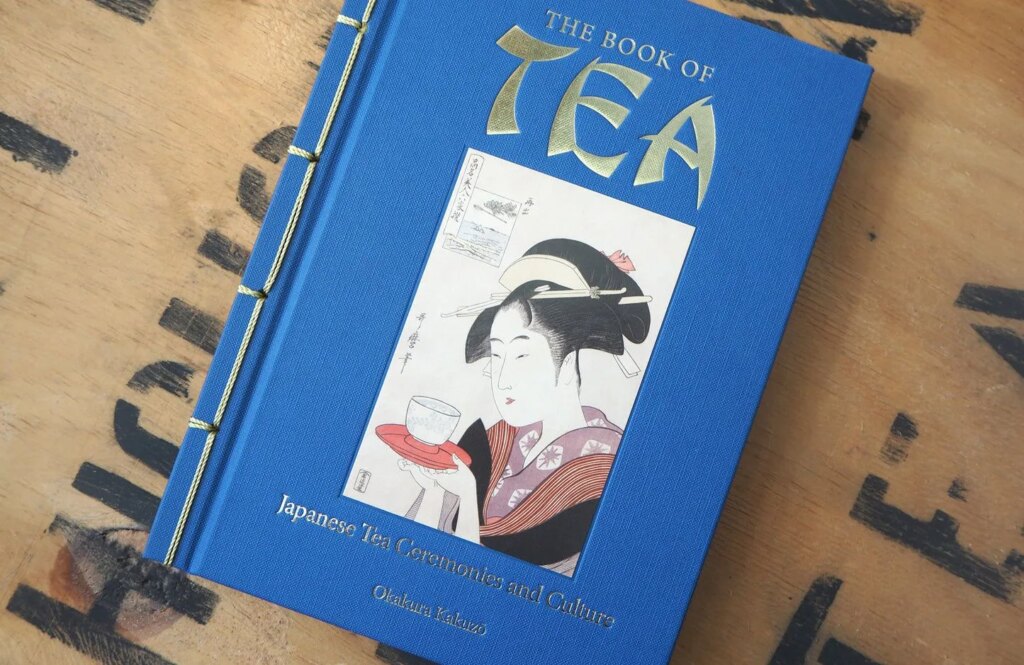
Reading The Book of Tea feels like sitting in a quiet tea house while a wise friend explains a series of beautiful and life-changing ideas and notions. It’s a meditation as much as a book, and by the end, you’ll crave matcha… and silence. You’ll also feel like you’ve spent hours sitting in the belly of Japanese culture, absorbing the ideas and aesthetics of it all.
Pachinko by Min Jin Lee
Although Pachinko is written by a Korean-American author and does largely focus on Korean families living in Japan, it still offers an incredible lens through which to understand 20th-century Japan. Through Pachinko, we can see and explore the complex social hierarchies, discrimination, and resilience of immigrant communities in Japanese culture and society.
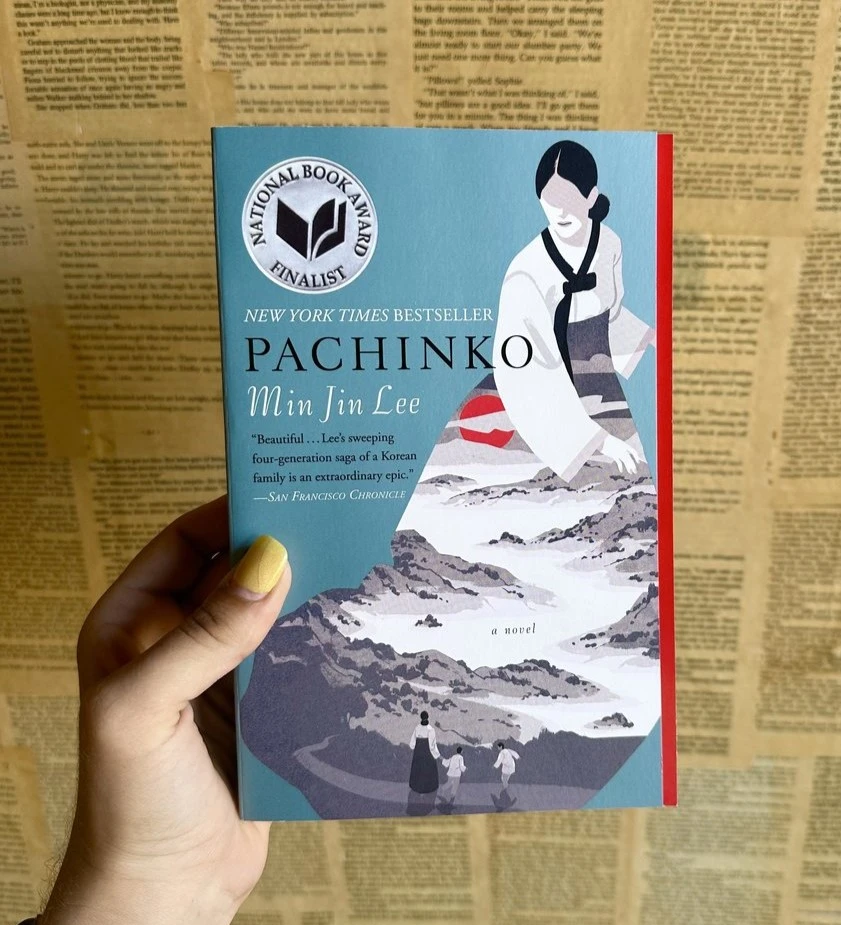
The novel spans generations, from a small fishing village in Korea to the crowded streets of Osaka and beyond. Through the lives of Sunja and her family, we get an intimate look at not only Japanese history, from the war years to the economic boom, but also at how ordinary people endure hardship with quiet dignity.
If you want a sweeping, emotional saga that transports you through Japan’s cities, streets, and shifting eras, this is a stellar choice. Plus, the scenes involving pachinko parlors add a uniquely Japanese cultural element rarely explored in fiction.
Convenience Store Woman by Sayaka Murata
Now for something contemporary, quirky, and utterly delightful. In Convenience Store Woman, we meet Keiko Furukura. She has worked in the same convenience store in Tokyo for 18 years, and she’s perfectly happy there, thank you very much. Society, however, has questions (don’t they always?).
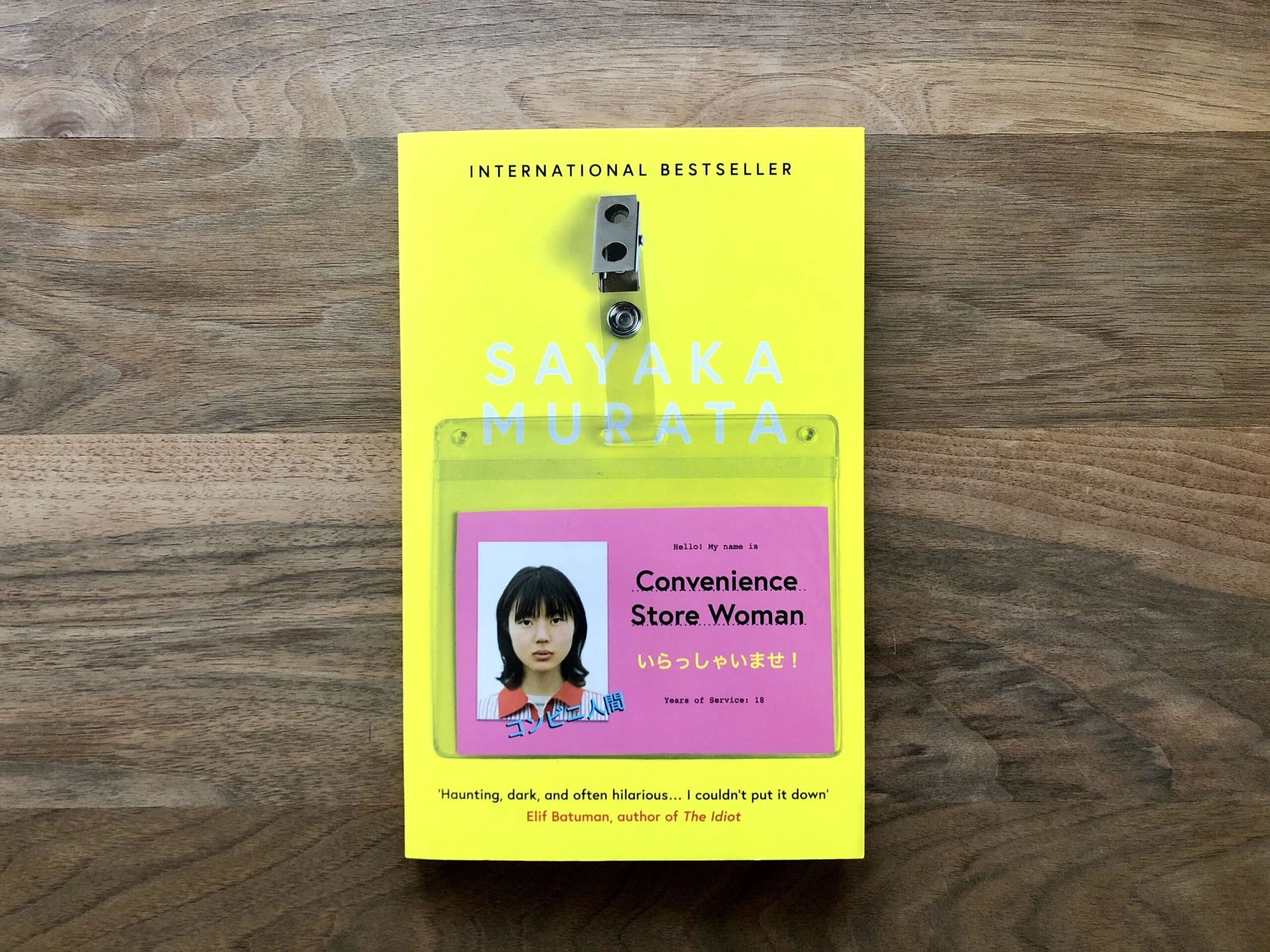
This book is sharp, funny, and packed with insights into Japanese work culture, expectations, and the sometimes claustrophobic need to conform. The convenience store itself is sterile, neon-lit, meticulously ordered, and the way Murata writes makes it feel like it is practically a character. After reading this, you’ll never look at a 7-Eleven the same way again.
Snow Country by Yasunari Kawabata
If you want to be transported to a more traditional, rural Japan, the kind where snow falls so heavily it reshapes entire landscapes, then this is your ticket. Kawabata’s Nobel Prize-winning novel centers on the doomed affair between a Tokyo intellectual and a geisha in a remote hot spring town. Published in the 1940s, it is considered a Japanese classic, and it’s clear why.

Sparse and lyrical, Snow Country captures both the icy beauty of Japan’s countryside and the fragile, transient nature of human connection. You can practically feel the chill air and hear the crunch of footsteps on snow as you turn the pages.
Kitchen by Banana Yoshimoto
Food, grief, and Tokyo kitchens… what more do you need? Banana Yoshimoto’s Kitchen is a cult classic for a reason. The story follows a young woman’s journey through bereavement and healing, and it truly celebrates the small comforts of daily life: cooking a meal, sharing tea, finding unexpected friendships.

Yoshimoto’s Tokyo is not grand or sweeping; there’s no huge drama, plot, or anything of the sort. It’s made of ordinary apartments, midnight eateries, and quiet subway rides, and is rendered with such warmth that the whole thing becomes quietly extraordinary.
Strange Weather in Tokyo by Hiromi Kawakami
If you like your novels tinged with gentle melancholy and unexpected romance, this one’s a gem. Tsukiko, a solitary woman in her 30s, bumps into her old high school teacher at a bar. They drink. They eat. They keep meeting. Slowly, a tender, odd, but kind of beautiful relationship forms.
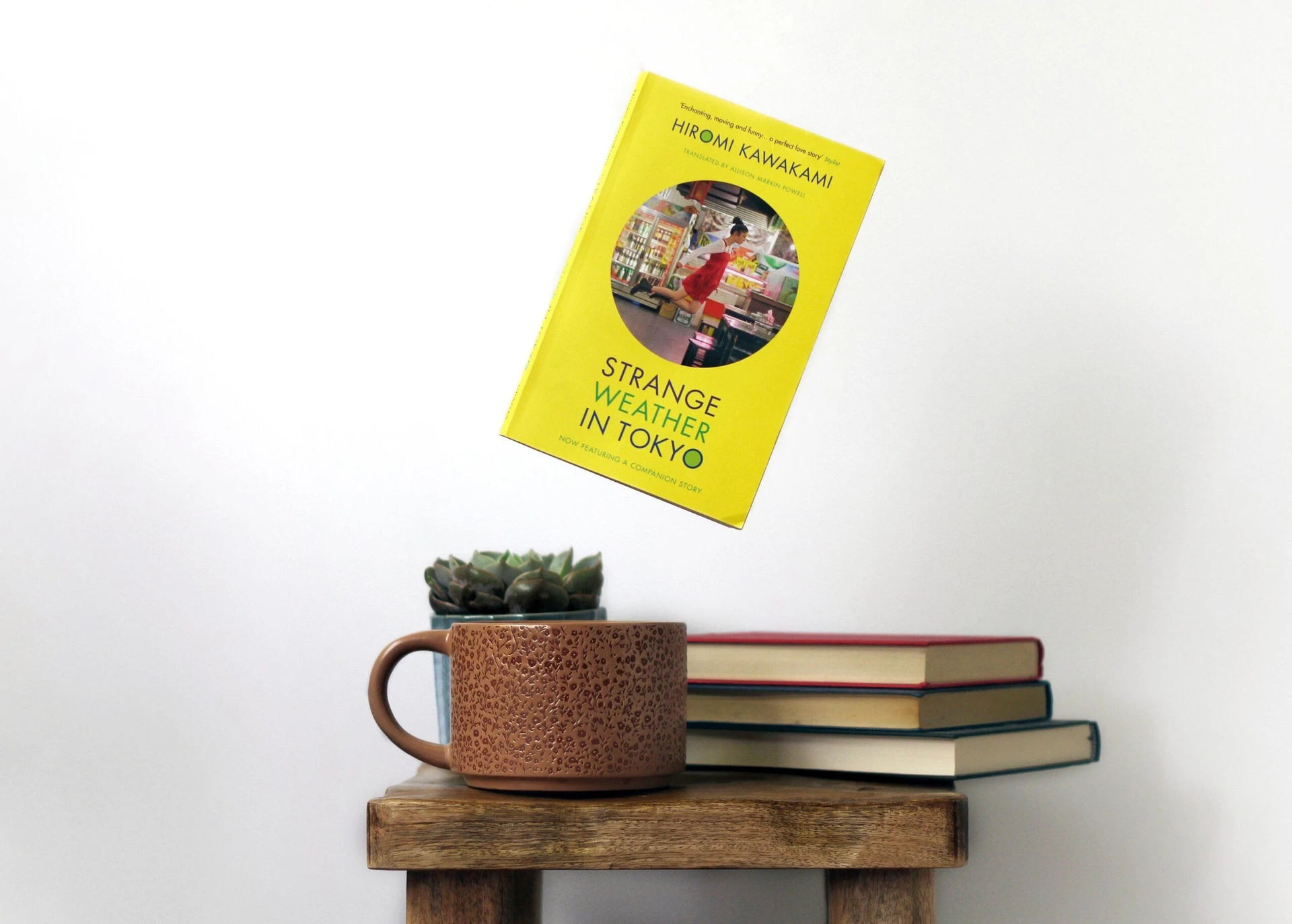
The Tokyo here is one of the cozy bars, seasonal foods, and stunning walks beneath cherry blossoms. Kawakami’s prose is light but lingering, and will leave a warmth in your chest hours after you close the pages.
Breasts and Eggs by Mieko Kawakami
This novel brings you straight into the heart of modern womanhood in contemporary Japan. Breasts and Eggs follows three women across different generations as they grapple with everything from body image, fertility, motherhood, to autonomy in the face of Japan’s deeply ingrained social expectations.
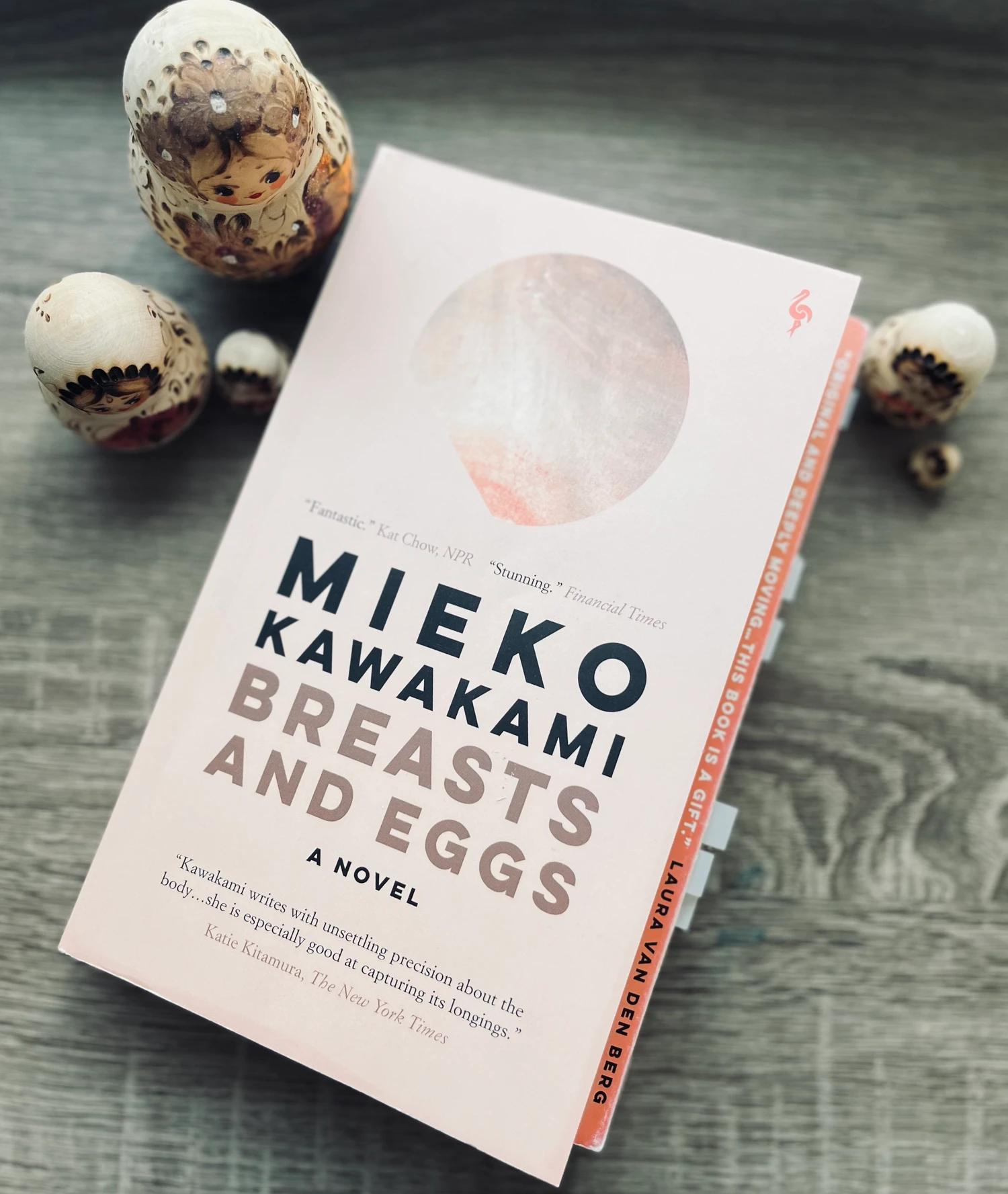
The stories are set largely in Osaka and Tokyo, and Kawakami’s writing gives you a raw, unfiltered view of the urban life in these huge cities, from cramped apartments to sterile clinics to smoky cafés. It’s sharp, feminist, sometimes funny, and deeply humane. The dialogue feels so real that you can almost hear it. If you want Japan as it is lived right now, in all its contradictions and complexities, this is your book.
A Tale for the Time Being by Ruth Ozeki
If you’re interested in not only Japan and its culture but also how it interacts with the world, then this story is for you. Ozeki creates bridges between Japan and the West, past and present, in this novel. The prose weaves the story of Nao, a bullied Tokyo teenager, with Ruth, a writer on a remote Canadian island who finds Nao’s diary washed ashore.
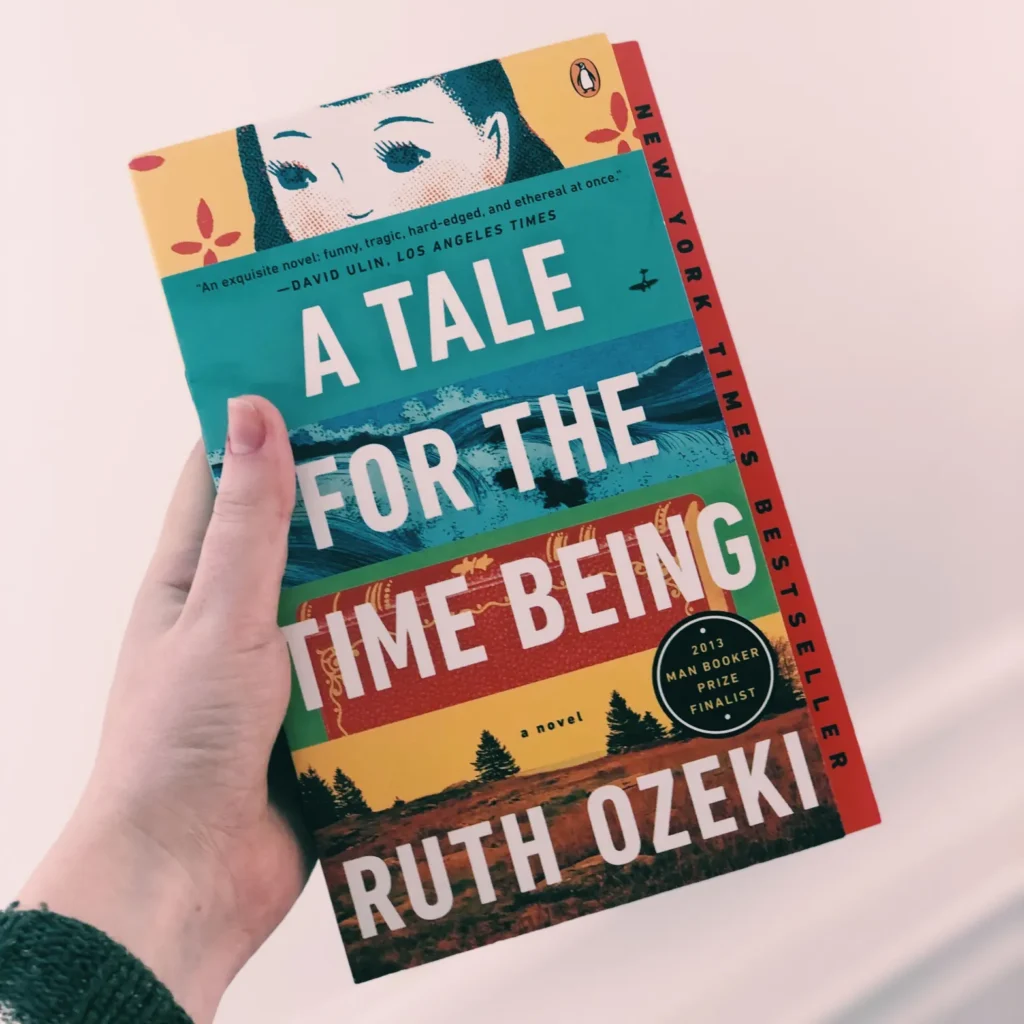
Through Nao’s vivid voice, we’re immersed in Tokyo’s contemporary teenage culture, Buddhist temples, family struggles, and even a visit to the serene countryside. Ozeki’s writing is playful and profound, exploring themes of time, memory, and the fragile threads that connect people across oceans.
@bookshelfmemories You don’t really know Japan, if you haven’t read these books! Which one is your favorite? #japaneseculture #japan #japaneseliterature #books #japanesebooks #bookrecommendations #traveltok #booktok
♬ original sound – Bookshelf Memories
Join our community of 1.5M readers
Like this story? You'll love our free weekly magazine.





